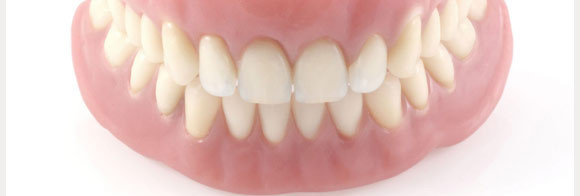When acids are present on a tooth’s surface, the tooth’s mineral content decreases, allowing a hole to form. The result of this is what we commonly call a cavity. Your Santa Monica dentist will need to act quickly in order to treat any cavities. The dentist’s main priority will be to remove damaged or decayed parts of the tooth, and rebuild the tooth with some form of filling material or replacement. Treating cavities quickly is important, since decay is progressive. This means that once a tooth begins to decay and once its mineral content begins to erode, the tooth will continue to deteriorate until a person’s health is affected. In extreme cases, tooth decay can lead to complications that may require oral surgery, root canals, and other more expensive and serious treatments. It is always better to treat a cavity early on, when it can be resolved with filling.
Treatment for cavities can actually provide some protection from further tooth decay in the future. In most cases, cavity treatment begins with an injection of local anesthetic. The dentist will then use a high-speed dental drill to remove the part of the tooth that is decayed. He will or she will often use a liner to minimize tooth sensitivity. The dentist will then select the right material to fill the tooth and will layer the filler on top of the liner in order to rebuild to the tooth.
After cavity treatment, it is normal for the tooth to be sensitive for day or two. If a cavity was deep and treatment more involved, the tooth will likely be sensitive to cold foods and hot beverages for a little bit longer. Within two weeks, most patients find that their new tooth feels completely comfortable. If this is not the case, this may be because there is the space under the filling that must be removed. It can also signify an infection which may require a root canal. In rare cases, a second appointment is needed to reduce the filling a comfortable level, if the filling is built up too high. If you do not appear to be healing normally or have any questions about the healing process, do not hesitate to contact your dentist.
In many cases, cavities can be completely prevented with regular cleanings. This is because the acid that causes tooth cavities actually comes from bacteria called mutans streptococci and lactobacilli, which live in dental plaque. When your dentist is allowed to clean your teeth every six months, he or she can remove the dental plaque, thereby reducing the amount of bacteria and eliminating the amount of acid on your teeth. Another way to reduce the incidence of cavities is to reduce the amount of sugar that you eat. The bacteria that cause the acid which creates cavities feed when you do. When you eat sugars, these bacteria are able to secrete more acid more quickly. Therefore, by brushing your teeth after a sugary meal and by reducing the amount of sugar you eat, you can often reduce the amount of acid that the bacteria produce.
If it has been some time since your last cleaning, the amount of plaque and therefore bacteria in your mouth may be increasing. Therefore, to prevent cavities, contact West LA Dental today for an appointment.









